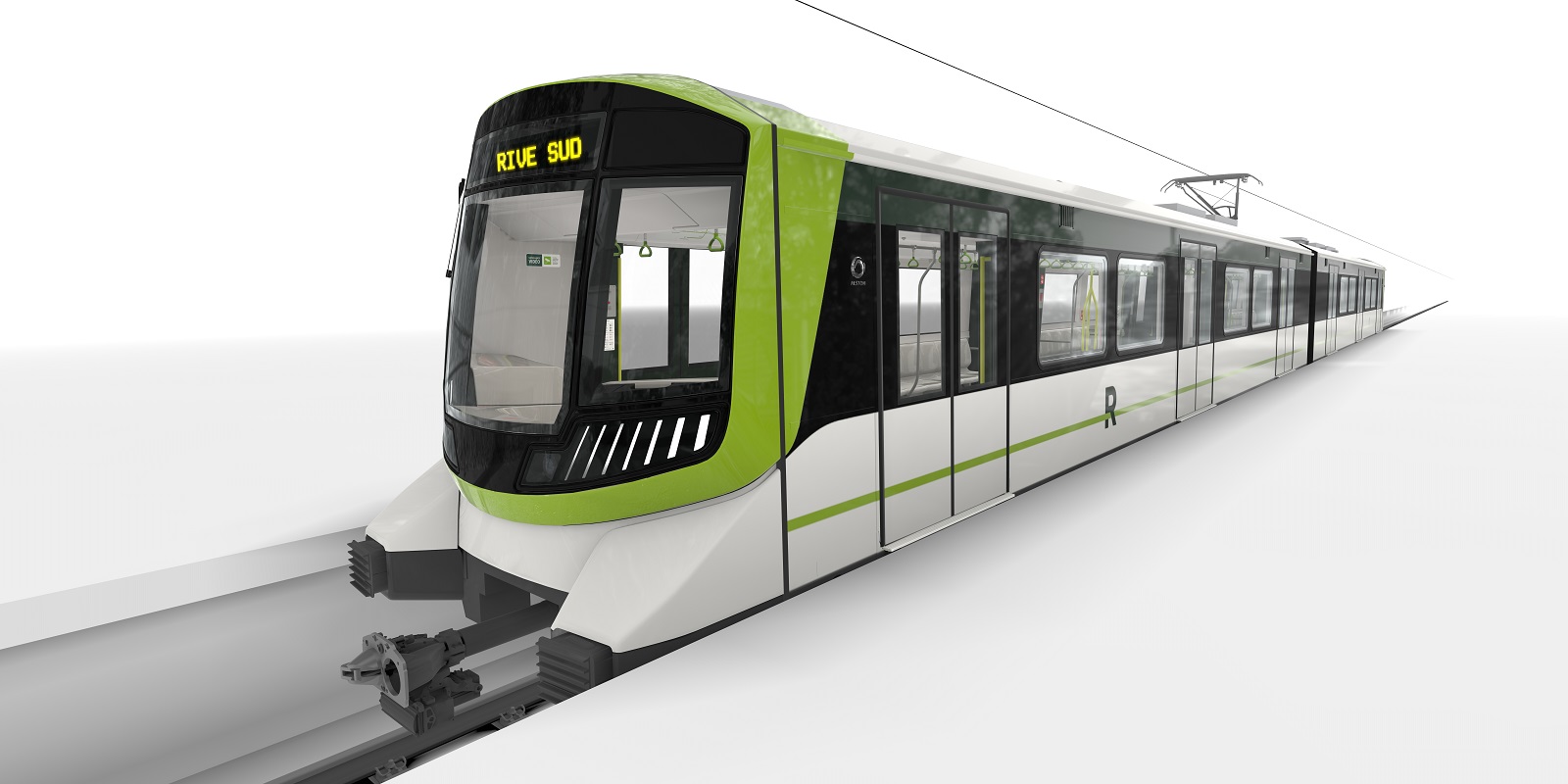syn
Senior Member
I don't. Are they targeting 20k pphpd, 25k pphpd, 30k pphpd 35k pphpd? All of those are quite a bit lower than Toronto Rockets with ATO pocket-track turnbacks, and very wide platforms.
Here are the city expectations:
- Providing a design capacity for the Ontario Line of at least 34,000 passengers per hour per direction at the peak point (pphpd) and opening day capacity for at least 20,000 pphpd.
- Per the Initial Business Case demand projection, reducing the projected 2041 demand on Line 1 to no more than 36,000 pphpd of the line.

